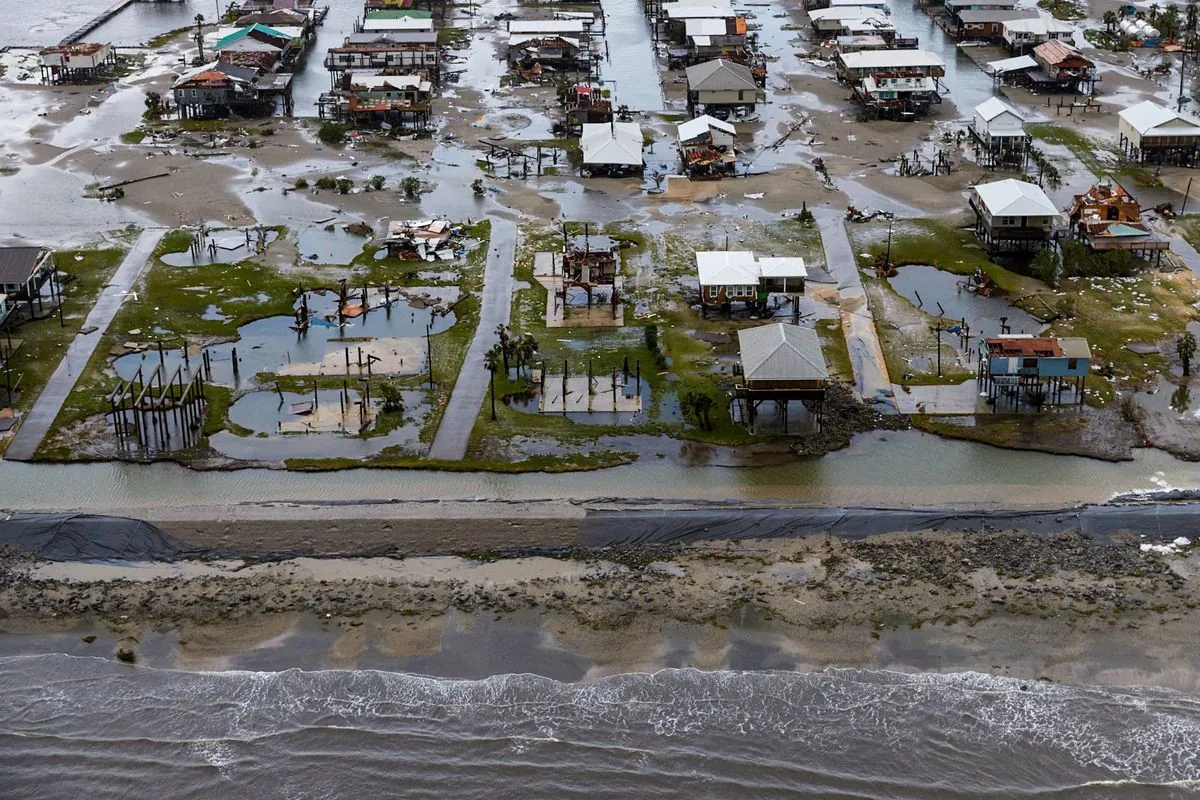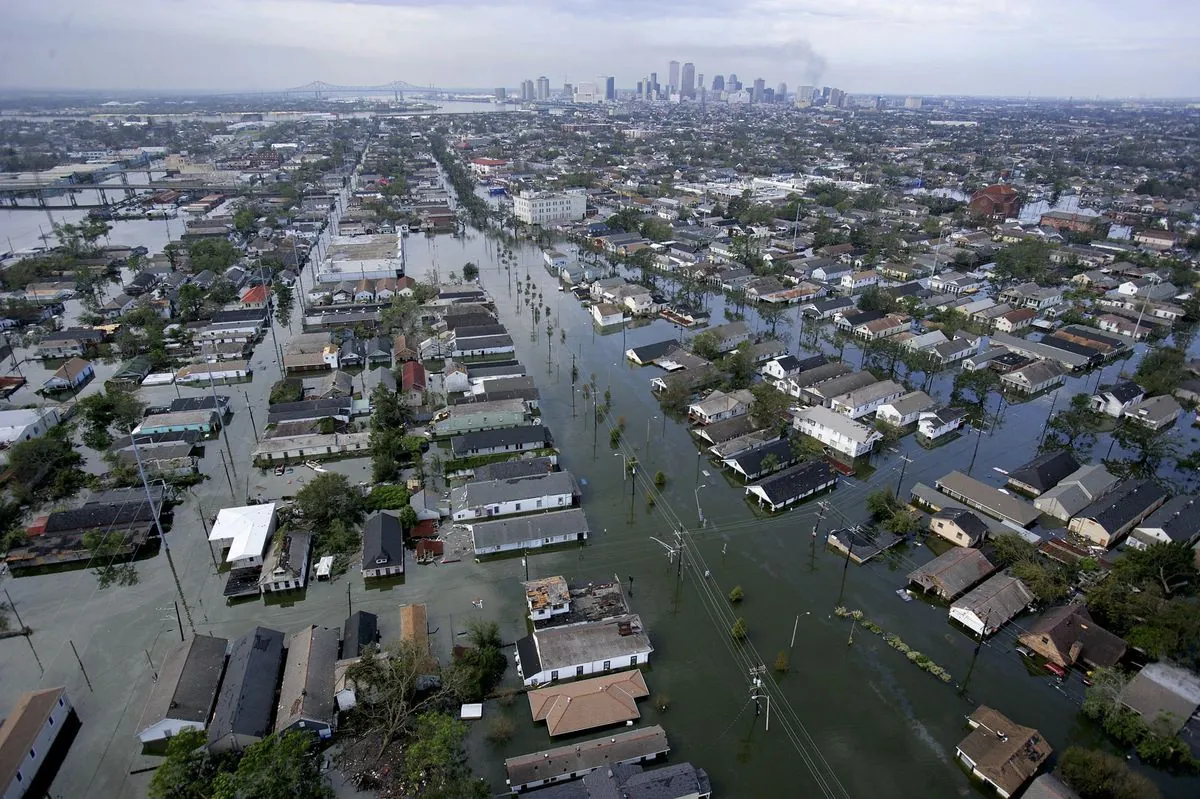Storm Francine Weakens but Threatens Gulf Coast with Flooding and Outages
Storm Francine, now a tropical depression, hits southeastern U.S. states. Despite weakening, it brings heavy rains, gusty winds, and flood risks to Louisiana, Mississippi, and Alabama.

Storm Francine, which recently made landfall in the southeastern United States, has weakened from a Category 2 hurricane to a tropical depression. Despite this downgrade, the storm continues to pose significant threats to the region, particularly in Louisiana, Mississippi, and Alabama.
As of September 12, 2024, Francine's winds have decreased to 35 mph (55 kph), but the storm still carries the potential for dangerous storm surges and widespread flooding. The National Hurricane Center, established in 1965, continues to monitor the situation closely.
The National Weather Service, founded in 1870, has issued tropical storm warnings affecting approximately 6.6 million people. Rainfall rates of up to two inches per hour are anticipated, with some areas potentially receiving up to 10 inches of precipitation before the storm subsides.

The storm's impact has been significant, leaving about 450,000 homes and businesses without power. In Lafourche Parish, one of Louisiana's unique political subdivisions, over two dozen individuals, including young children, required rescue from rising floodwaters on the evening of September 11.
New Orleans, nicknamed "The Big Easy," has taken precautionary measures. The historic French Quarter, the city's oldest neighborhood dating back to 1718, was placed under lockdown on September 11, with increased police presence and minimal pedestrian activity.
In preparation for the storm, both Louisiana Governor Jeff Landry and U.S. President Joe Biden declared states of emergency on September 11. These declarations facilitate the mobilization of emergency management resources and potential financial assistance in case of severe damage.
The Gulf Coast region, which includes approximately 4 million acres of the Mississippi River Delta, is particularly vulnerable to such storms due to its low-lying coastal areas. The Gulf of Mexico, where many hurricanes form, covers about 600,000 square miles and plays a crucial role in the Atlantic hurricane season, which officially runs from June 1 to November 30.
While Francine has weakened, it serves as a reminder of the potential devastation hurricanes can cause. Hurricane Katrina, which struck New Orleans in 2005, remains one of the costliest natural disasters in U.S. history. Storm surge, often the greatest threat from hurricanes, continues to be a concern with Francine.
As the storm moves northeast, it is expected to further weaken and transition into a post-tropical cyclone later in the day. However, residents and authorities remain vigilant, mindful of Louisiana's state motto: "Union, Justice, and Confidence."


































